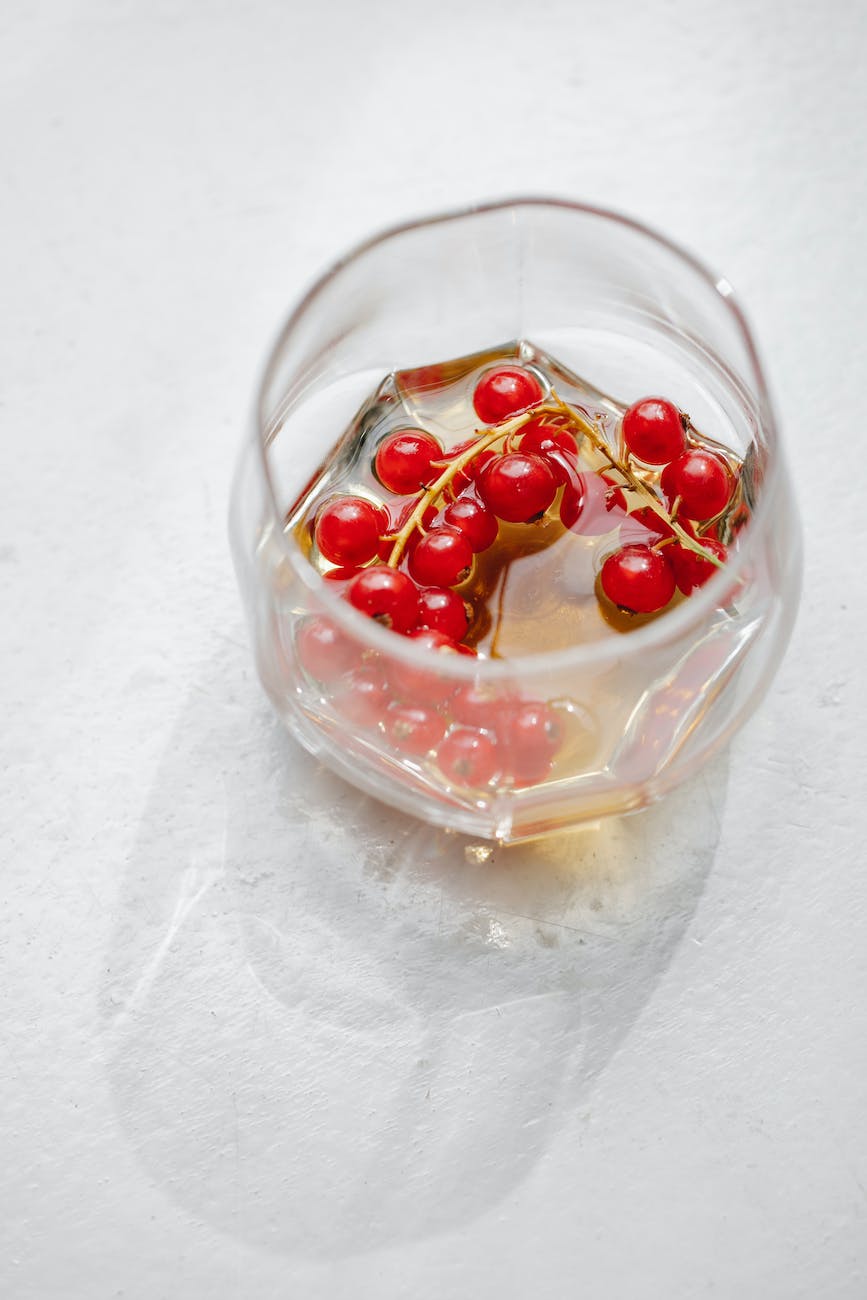
Introduction
Redcurrants are tiny, tart berries that grow in clusters, much like grapes. They’re bright, shiny, and red, lending a festive air to dishes. Despite their small size, redcurrants pack a serious nutritional punch and have been used for their medicinal properties since ancient times.
Nutritional Profile
Per 100 grams, redcurrants provide:
- Calories: 56
- Protein: 1.4 grams
- Fat: 0.2 grams
- Carbohydrates: 13.8 grams
- Fiber: 4.3 grams
- Vitamin C: 68% of the DV
- Vitamin A: 1% of the DV
- Potassium: 5% of the DV
- Iron: 3% of the DV
Health Benefits
Redcurrants carry numerous health benefits:
- High in Vitamin C: Redcurrants provide a hefty dose of Vitamin C, an antioxidant that boosts immune function, helps maintain skin health, and aids in iron absorption.
- Heart Health: The high fiber content, combined with the antioxidant power of Vitamin C, contributes to heart health by helping lower cholesterol levels and protect against oxidative damage.
- Digestive Health: Redcurrants are high in dietary fiber, promoting regular bowel movements and supporting overall gut health.
Potential Warnings
While redcurrants are safe for most people, there are a few potential precautions:
- Allergies: Allergies to redcurrants are rare, but they can happen. Symptoms might include skin rash, itching, difficulty breathing, and swelling of the mouth or throat.
- Acidity: Due to their acidity, overconsumption of redcurrants might cause stomach discomfort in some people.
Weight Loss Benefits
Redcurrants can be beneficial for weight loss:
- Low in Calories: With their low calorie content, redcurrants are a perfect snack for those on a weight loss diet.
- High in Fiber: The fiber in redcurrants can help you feel full, reducing your likelihood of overeating.
Five Practical Ways to Incorporate Redcurrants into Your Diet for Weight Loss
- Redcurrant Smoothie: Blend redcurrants with a banana, a handful of spinach, and some unsweetened almond milk for a low-calorie, nutrient-dense smoothie.
- Redcurrant Salad: Add fresh redcurrants to salads. They add a nice pop of color and a tart flavor that balances well with sweet and savory ingredients.
- Redcurrant Sauce: Create a tangy redcurrant sauce and use it to flavor lean proteins like chicken or turkey.
- Redcurrant Infused Water: For a refreshing twist, add redcurrants to your water. It’s an easy way to enjoy their flavor and keep hydrated.
- Redcurrant Topping: Use fresh or cooked down redcurrants as a topping for whole grain toast, oatmeal, or low-fat Greek yogurt.
Conclusion
Redcurrants are an excellent addition to a healthful, balanced diet. Despite their tartness, they’re surprisingly versatile and can be used in a variety of culinary applications. Plus, their impressive nutrient profile can support many aspects of health, including weight loss.









